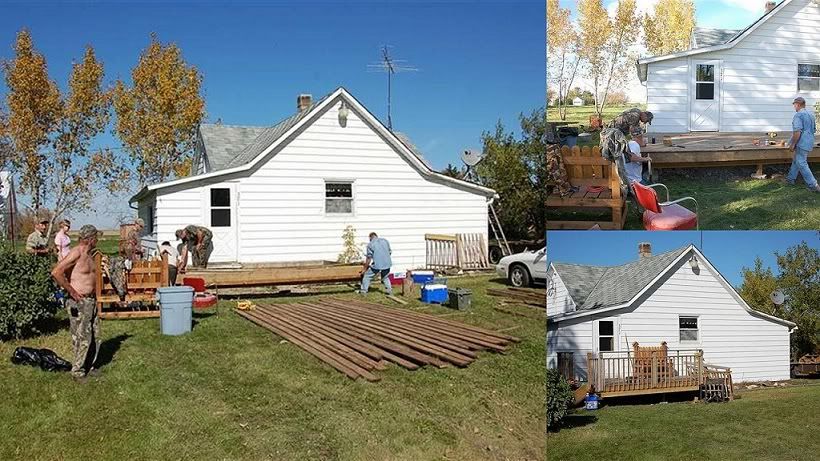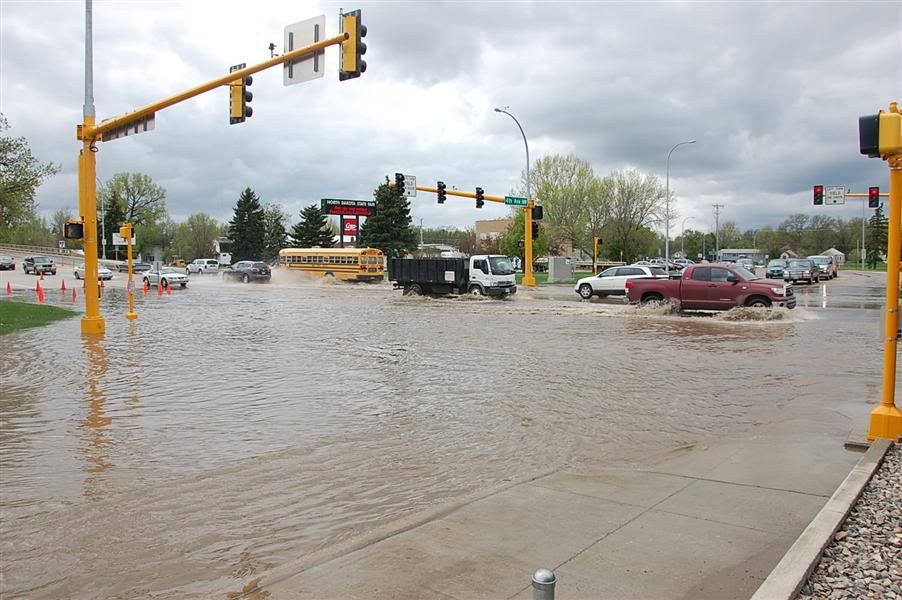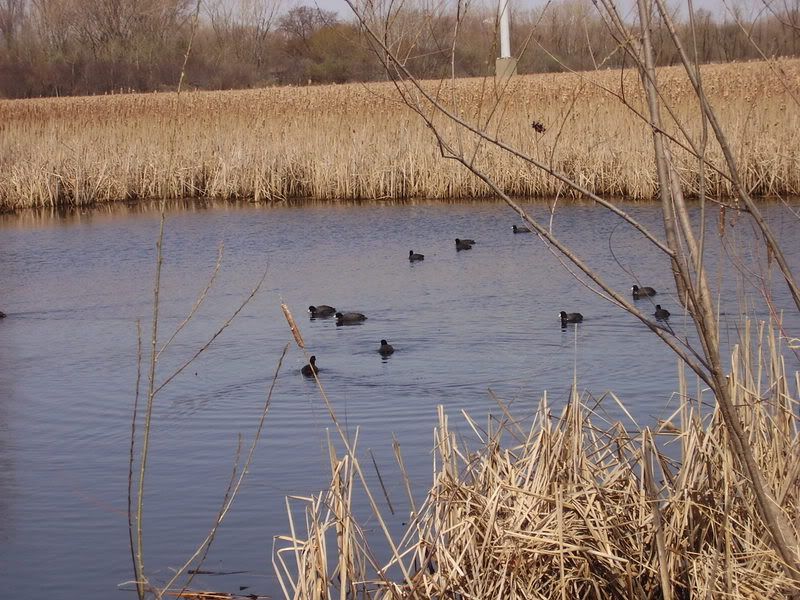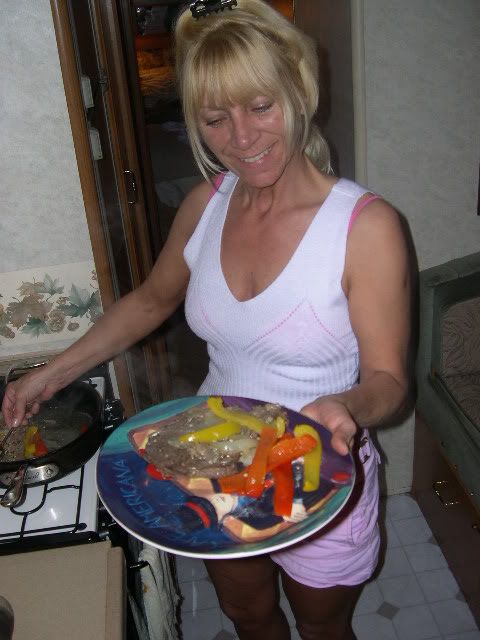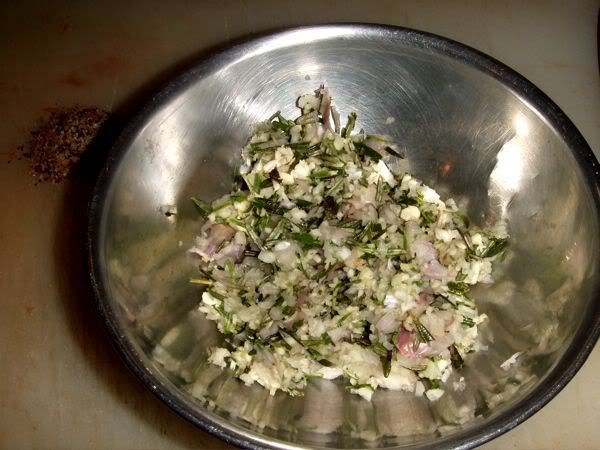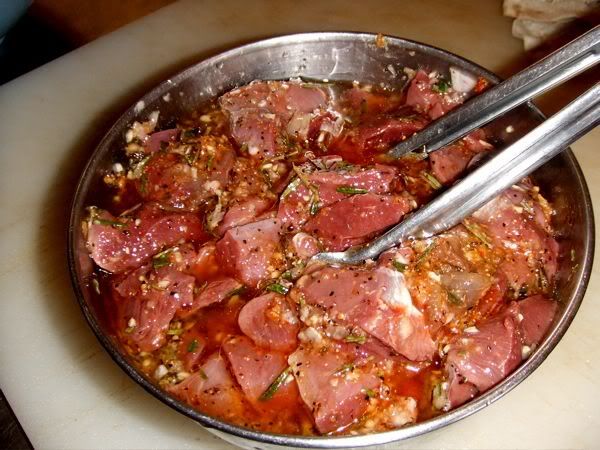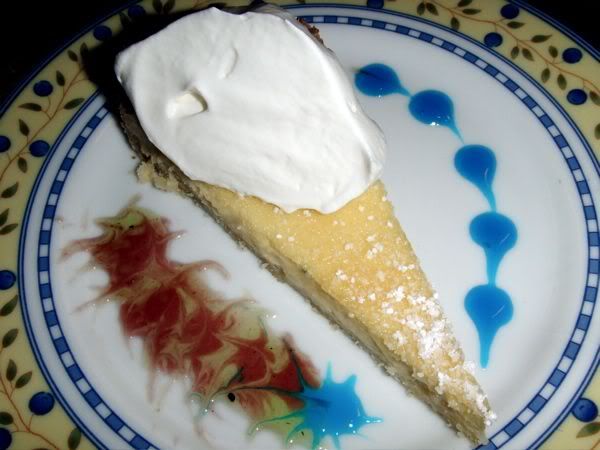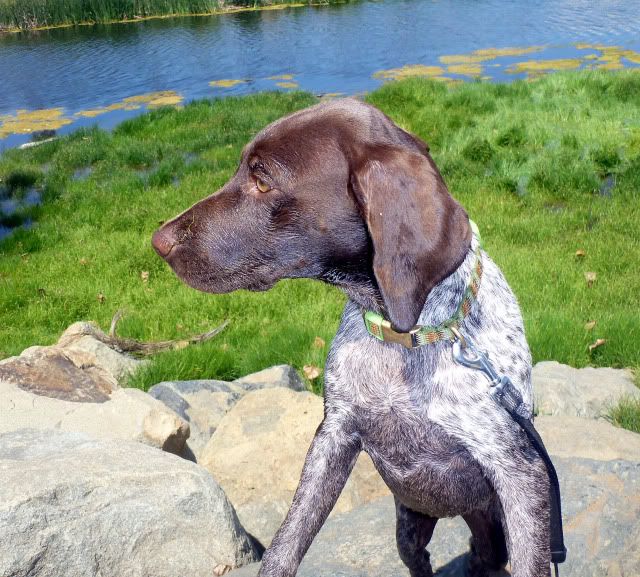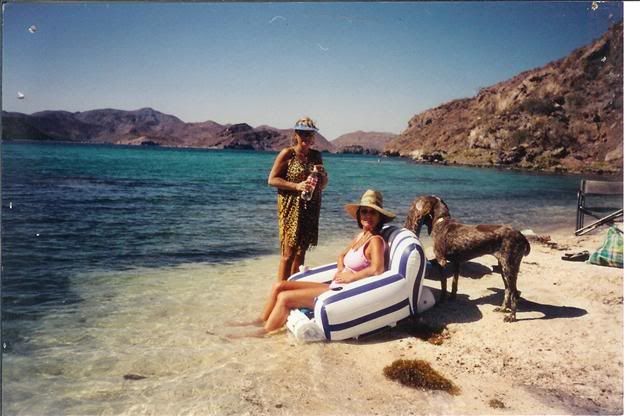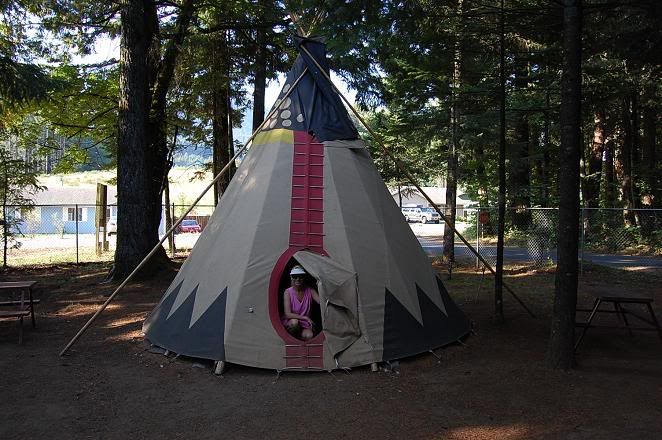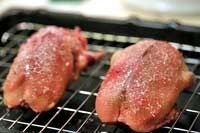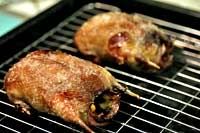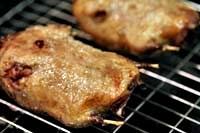THE DUCK HUNT.
Yesterday we went duck hunting on the Northern Plains...one of Mother Nature’s maternity wards.


A region of agricultural lands and thousands of pothole sloughs... known as The Duck Factory….and world-renowned for its waterfowl production.
A typical way to hunt ducks in this region is to go out scouting the afternoon before. About 2 hours before sundown is a good time. Naturally, waterfowl will spend the night on water, so position yourself in sight of whatever large slough or marsh is in your hunting area.

A good set of binoculars is a must. Don’t bother with the cheap ones…get some good optics.
Swarovski, Nikon, Bushnell, Pentax, Zeiss, & Steiner are some top mfgrs of fine field binocs.
.
.


Soon, you will see the birds flying out to feed..and usually to the exact same place they fed that morning or the day before.
MOST IMPORTANT…USE GOOD HUNTING MANNERS……ASK FIRST!
Mark the feed, and then seek out the land owner to ask permission to hunt..even if it is not posted. As in all things throughout our lives, it pays to have good manners.
(A trait that unfortunately seems to be missing amongst certain nomad stalker/characters .
 .. makes me wonder what upbringing they suffered? I feel sorry for their plight…but then, it’s all about who you want to be, isn’t
it?…after all, we’ve all have hard times and the choices we make define us.)
.. makes me wonder what upbringing they suffered? I feel sorry for their plight…but then, it’s all about who you want to be, isn’t
it?…after all, we’ve all have hard times and the choices we make define us.).
.

If the landowner you asked permission from would like a good duck dinner, invite him and wife to the Duk Shak..or whatever you call your hunting place. If no dinner, send him a gift along with your heartfelt thanks. In our case, the accommodating landowner was a geography teacher of mine in high school, now retired to a life he loves in the country. Thanks, Myron!
.
.
“We’re burning daylight, Pilgrim.”

Early next morning...like 3 hours before dawn… the boys splash some water on their faces and shake off the sleepiness….
….you have a hearty breakfast and pack a thermos of coffee for the road.
Wait while the boys splash some MORE water on their faces and shake off the sleepiness… again.

Gear up for the weather, check your gear, gun safes ON, ammo, etc. and hook up the decoy trailer...and drive whatever direction the chosen duck feed is located.

You will want to position your deek spread in the EXACT same place in the feed field as the ducks were in the evening before..this is very important.
Hint: A good sign that you have picked the right spot in the field...is the duck poop you will see in the stubble.

p.s. I’ll spare you a photo of the poop…but YOU KNOW I have one.. grin.
Factoid: Most everything that flys lands into the wind. So, bearing this fact in mind, position most, but not all, of your deeks facing into the wind. Don't bunch them up in a ball…which will send an alarm signal to arriving waterfowl...but place them in a lazy C-curve or even an U-shape. You want to present a flock feeding at ease and kind of scattered…like they have been feeding here awhile.

Place your shooting blinds placed downwind from the majority of the deeks. Thus, approaching ducks will be directly over you when they set thier wings. But...this is all up to you to experiment with...just saying this has worked for me for many decades.
You can mix duck and goose decoys together...it will make the set look more real and is very effective. Just keep them in their own species group.
.
.


Randy likes to place a pink flamingo decoy in the set…and some other rather weird stuff….but I'm drawing the line at that!
.
.

Motion decoys are a real asset…even a slight wind makes them move and the motion is seen by ducks/geese from a long, long distance.

Flagging with a black flag is good, too. Wave it..and the birds will come.

Forget about flying those decoy kites...while everyone likes flying kites....they're just too much hassle to keep aloft, are too noisy, and the truth is, they tend to spook more birds than they attract.

Okay..now we've set the deeks in a good feed, in a pattern that leaves open a landing area for incoming traffic.
The blinds are set facing downwind and at the downwind end of your set.

One hunter drives the rig out of the field and hidden from sight of the set. (Does not have to be a mile away! This is farming country and waterfowl are very used to seeing all kinds of machines under thier flyways)

Today was my turn to drive the rig away…and I found a good spot to park…Hey, seems to be reserved for me?


Another OldTimer. In the rig just relaxing, I got spend some quality time with a mighty giant. This grand old prairie dweller has been here a long time, and very likely has had a few thousand bison cool off under its branches…way back in the day.
All good duck hunters..young and old...should own at least 15 duck calls.
 Does not matter a hoot if you know how to use those calls....just take a deep breath and blast away. If nothing
else, you will get a good laugh out of the racket you and your buddies make in the pre-dawn light.
Does not matter a hoot if you know how to use those calls....just take a deep breath and blast away. If nothing
else, you will get a good laugh out of the racket you and your buddies make in the pre-dawn light. Seriously, it's easy to use a duck or goose call, so easy that even a caveman can do it. If the flock is a LONG ways away...just put your lips to your call and trying saying this as loud as you can...CAW CAW CAW!... If the ducks turn towards you after that….shut up...you did well …and so now just let them approach the set.

If they don't set thier wings on an incoming landing to your set...and seem to want to circle and circle just out of range...like most mallards do...then get the call out again and say softly, but distinctly...Ticket..ticket..ticket. Ticket...ticket...ticket. That's a good feeding call and imitates the noise ducks make when happily chowing down.

Like these incoming I Nikon-ed from my blind….When the bird's wings are set and they are coming in...Shut Up.
To make your best wingshot at decoyed ducks, let them get into range for your furthest hunting partner...then take them as you are situated per your fellow hunters. That is: If you are the furthest to the left of all the hunters, then take the furthest Left bird..and so on. No sense all of you blazing away at that closest greenhead!
If you are successful and now you have a couple dead ducks on the ground..take a quick look at the horizon to make sure no other flocks are inbound..then gather up any downed birds ...and either make them decoys or put them out of sight..under a goose deek or whatever. Note: A dead mallard with it's feet sticking up in the air amongst your deeks does NOT help your cause.





Now the sun is going down..and it's time to got get the rig while the other guys are gathering the deeks and blinds into a pile. Take a couple of photos of the boys hunting together to enjoy later over dinner.


Congrats on a good hunt...amongst good friends!

Okay, the deeks are back in the trailer, along with ALL THE EMPTY HULLS...shotgun shells...which you, as a responsible hunter, will NOT leave in the stubble for the farmer's equipment to jam up on. An easy thing to do with these coffin blinds is to keep all your hulls, wrappers, etc inside them to take with you when leaving the field. Easy enough to dump them at home later.
Treat the land as if it was YOURS...take any garbage with you when leaving. We get invited back to hunt to many fields..because we care...the landowners realize that..and are our friends.
The drive home is full of good cheer and camraderie...talking about who made the best wingshot..or who made the most misses. Who cracked me up the most with his duckcalling...
Making plans for the next morning's hunt.



The hunt is over, but hunting duties are not. There are ducks to be cleaned and made ready for our dinner tonight. I particularily love Remington Mallards...a recipe my mother contributed to a Ducks Unlimited Cook Book many years ago.

Tonight, however, Munga has the chef's hat on and is making us marinated duck fillets, whitetail deer steaks, hush puppies, Mountain Dew for the boys, and cold brews for the adults. Not too shabby, amigo.
Now that was a FINE DAY of GOOD FELLOWSHIP and GOOD HUNTING.
See ya next time.



















